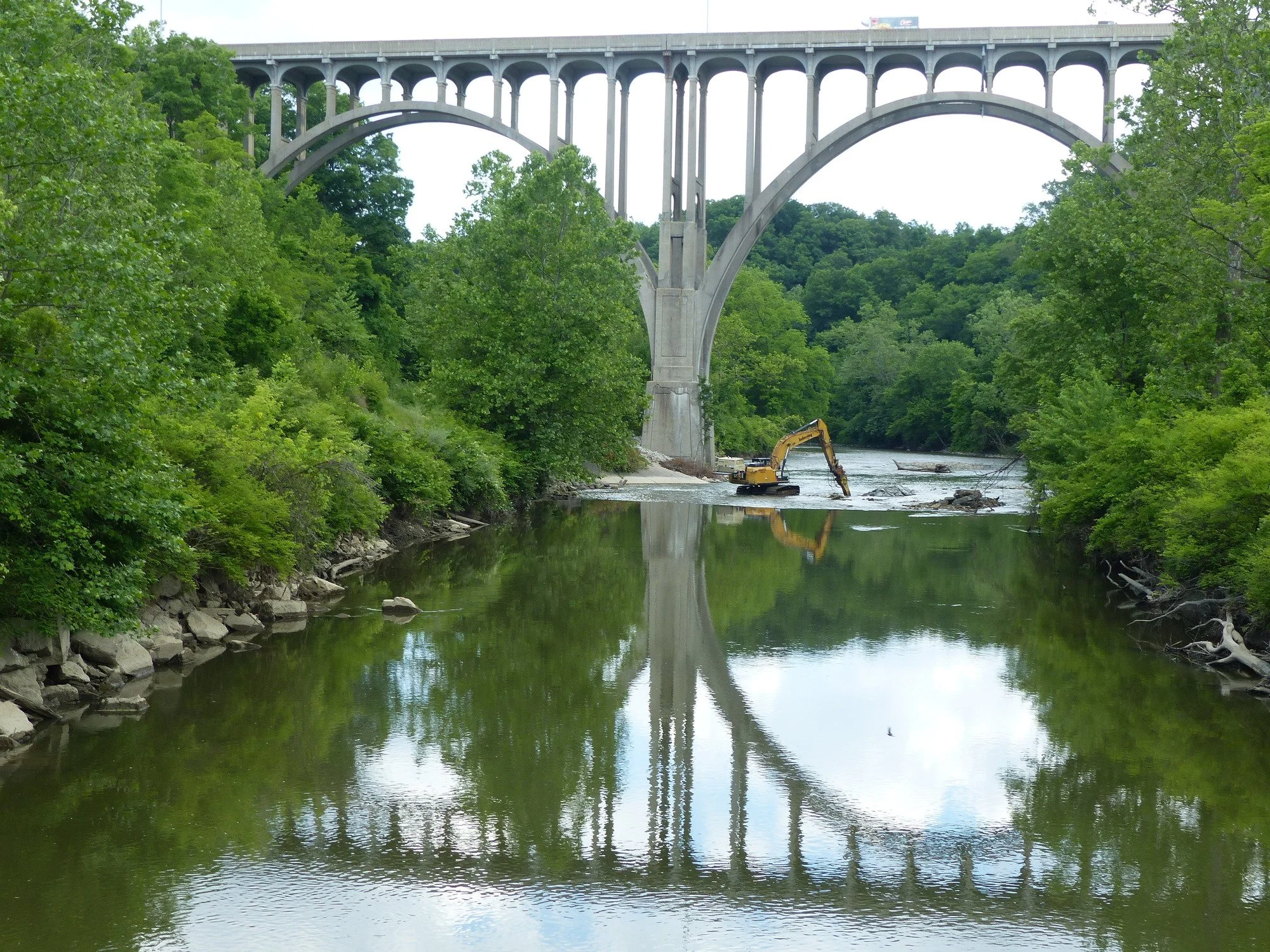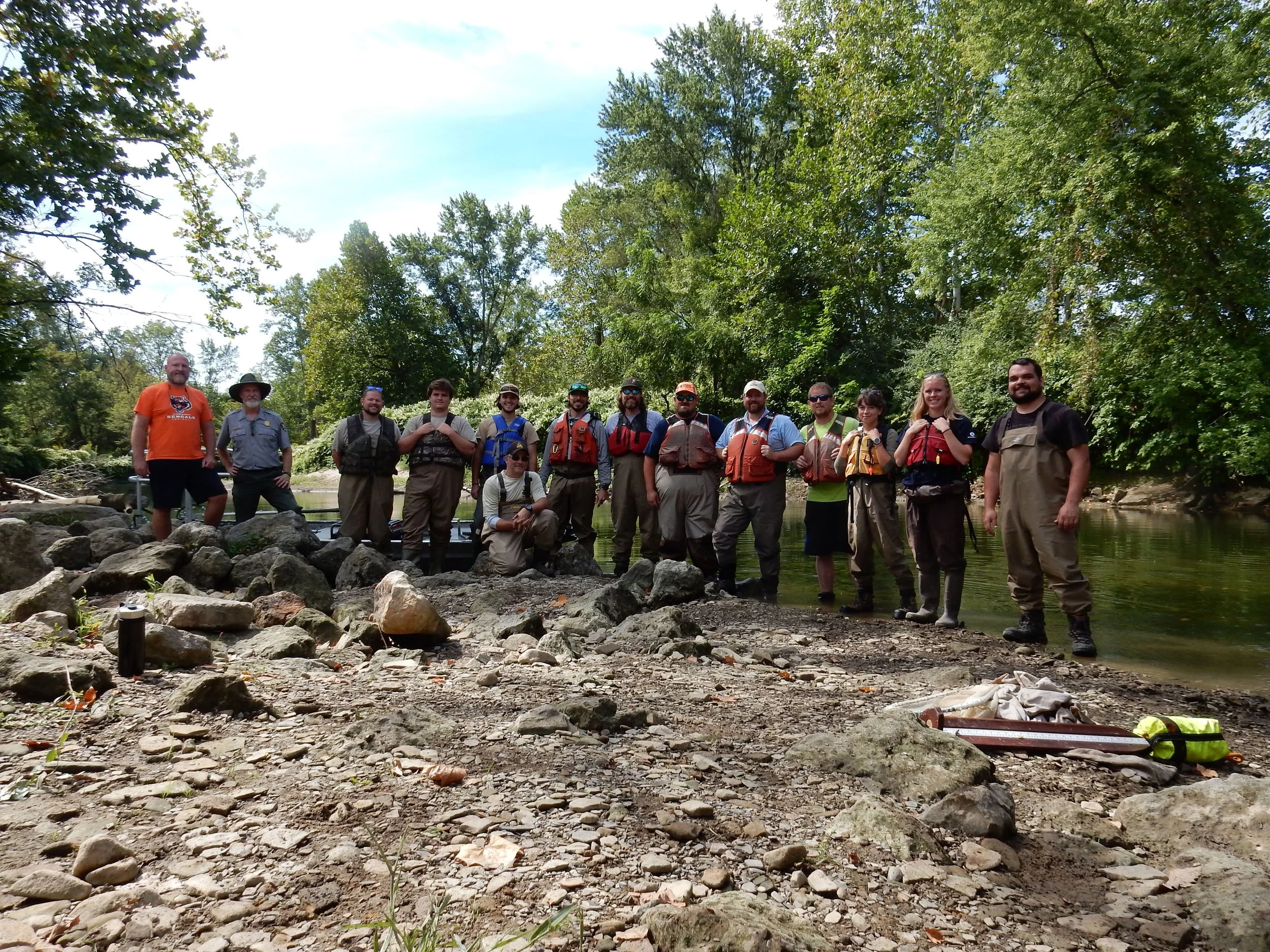Overview
Quantitative and Conservation Ecology Lab
Led by Dr. Matthew Acre, the QCE Lab studies how fish populations and aquatic communities respond to restoration, management, and disturbance across North America. From dam removals and flow restoration to invasive species control and population modeling, our research connects ecological processes to measurable management outcomes.
Our Research Vision
The QCE Lab’s mission is to make conservation quantifiable. We combine field ecology, telemetry, long-term datasets, and advanced modeling to understand how river and lake systems recover and reorganize.
Our Approach
These approaches allow us to forecast ecosystem responses, evaluate the effectiveness of restoration and control efforts, and identify strategies that promote resilience in human-altered environments.
Collaboration and Impact
Partnership and co-production are at the center of our work. The QCE Lab collaborates with partners across the United States and internationally to advance the science of ecosystem recovery and resilience. These partnerships include state and federal agencies, universities, and conservation organizations working together to understand how restoration, management, and environmental change shape aquatic ecosystems.
Our research contributes directly to improving how rivers and lakes are restored and managed, from barrier removal and flow restoration to invasive species response and native species conservation. By combining field studies, long-term monitoring, and quantitative modeling, we help translate ecological data into practical tools for decision-making at local, regional, and national scales.
Together, these collaborations build the quantitative foundations for evaluating restoration success, forecasting ecological outcomes, and aligning conservation investments with measurable recovery. Each project shares a single objective: to connect rigorous science with real-world conservation outcomes, ensuring that restoration investments and management actions lead to resilient, self-sustaining ecosystems across North America.
Research Themes
-

Restoration and Connectivity
Measuring how barrier removal, sediment remediation, and habitat complexity drive biological recovery, and how habitat selection shapes species distributions across restored river networks.
-

Invasive Species Ecology
Quantifying behavior and movement to improve control programs for invasive fishes.
-

Conservation of Native and Imperiled Species
Applying predictive modeling to prioritize habitats and guide restoration for threatened native fishes.
-

Movement Ecology
Advancing statistical frameworks that integrate multiple data types to estimate survival, detection, and abundance.



